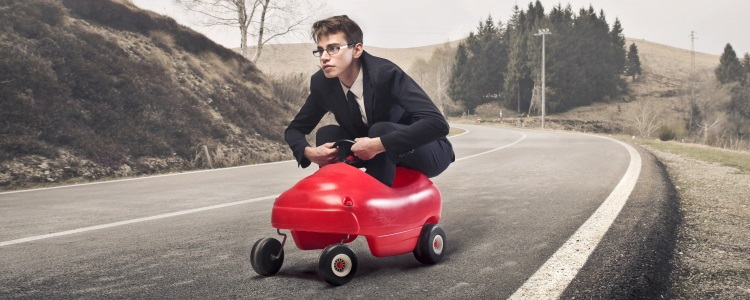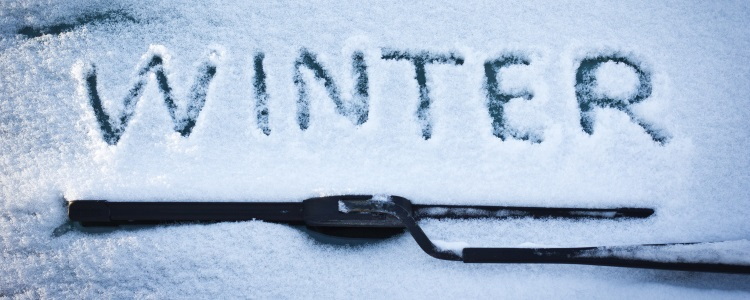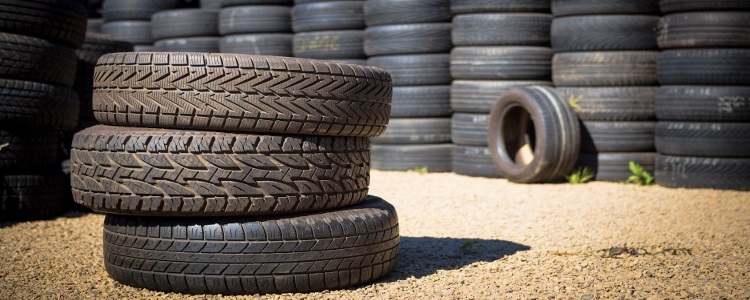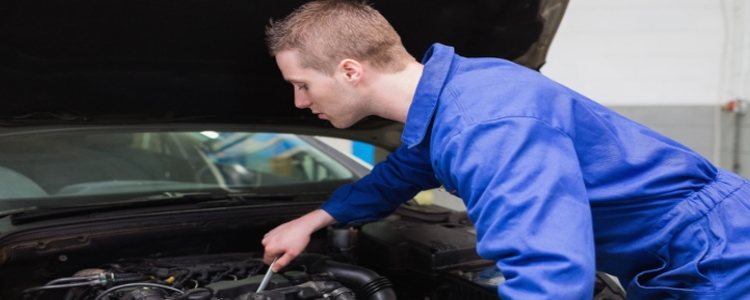What are the best tires for the winter season? Experts at the UK website Tyre Reviews tested three different Goodyear tires under three different weather conditions to narrow down which are the best for icy and snowy weather, normal wet conditions, and dry weather.
Why Do You Need Winter Tires?
All-season tires work if you don’t experience intense winter weather. But if the weather in your area is unpredictable during the winter season, it’s best you opt for winter tires. Winter tires are made with silica and enhanced rubber, which makes these tires grip better when it’s colder. Winter tires can improve braking distances up to 25 percent compared to all-season tires, and offer more control during icy and wet conditions.
Comparing Different Tires
 What size winter tires should you choose? Tyre Reviews did the testing for you with a Volkswagen Golf, and three versions of the Goodyear UltraGrip Performance Gen-1 winter tire so you can see how well each type performs under varying weather conditions:
What size winter tires should you choose? Tyre Reviews did the testing for you with a Volkswagen Golf, and three versions of the Goodyear UltraGrip Performance Gen-1 winter tire so you can see how well each type performs under varying weather conditions:
Tires in the snow (acceleration testing at three to 37 mph / braking testing at 31 to three mph)
| P205/55R16 | P225/45R17 | P225/40R18 | |
| Acceleration | 57.54 feet | 58.98 feet | 58.98 feet |
| Braking | 81.59 feet | 80.74 feet | 80.38 feet |
| Lap Time | 1:12.51 | 1:13.29 | 1:13.38 |
Conclusion…
The performance between the smaller tire and the larger one isn’t much different, and the 17-inch tires performed the best overall. If you’re looking for tires that understeer a little less (respond better to steering input), you should go for the wider diameter.
Tires under wet conditions (braking testing from 37 to three mph)
| P205/55R16 | P225/45R17 | P225/40R18 | |
| Hydroplaning | 100% | 93.3% | 89.4% |
| Wet Braking | 90.55 feet | 90.22 feet | 90.87 feet |
| Wet Handling (time) | 1:10.12 | 1:09.64 | 1:09.59 |
Conclusion…
The 16-inch tires did the best at avoiding hydroplaning, and the 18-inch tires had the best wet handling despite having the worst wet braking score.
Tires under dry conditions (braking testing from 37 to three mph)
| P205/55R16 | P225/45R17 | P225/40R18 | |
| Dry Braking | 147.31 feet | 144.69 feet | 144.03 feet |
| Dry Handling (time) | 1:48.03 | 1:46.22 | 1:45.83 |
| Noise | 62.7 decibels | 64.1 decibels | 63.3 decibels |
Conclusion…
Smaller tires offer a softer ride and are less noisy, but the larger tires out-performed the 16-inch tires in dry braking and handling.
The Bottom Line
When it comes to snowy conditions, it doesn’t really matter whether or not you have 16- ,17- , or 18-inch tires. The important thing to remember is that you and your vehicle are ready for winter.
If you want to finance a car before winter hits, Auto Credit Express can help you find financing. We work with a nationwide network of dealerships who have the lending resources available to help people in all kinds of credit situations. Let us connect you to a dealer in your area. Start by filling out our no-obligation online auto loan request form.
















